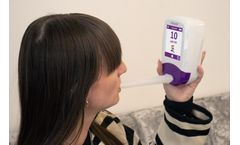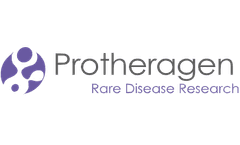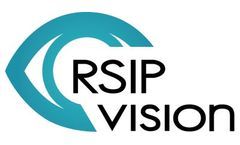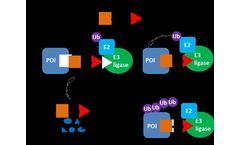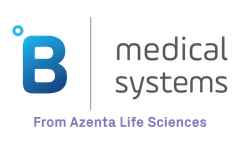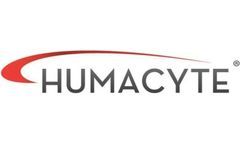Clinically Useful Articles & Analysis
39 articles found
The Significance of CHO Cells CHO cells are mammalian cells that originated from the ovary of the Chinese hamster and have been widely adapted for laboratory use. Their adaptability allows for post-translational modifications closely resembling those of human cells, making them particularly valuable for producing recombinant proteins intended for therapeutic use. ...
Professionals in these fields collaborate to create conjugates that are effective, stable, and safe for clinical use. Given the complexity of these therapies, specialized services are essential for their advancement. ...
This has led to hesitancy in fully endorsing these guidelines for clinical use. Instead, many experts, including myself, recommend following the 2017 North American Consensus guidelines, even though these were primarily designed for adults. ...
These markers help in the identification and isolation of hMSCs for research and clinical applications. Another defining feature of hMSCs is their immunomodulatory properties. ...
But there are also a lot of problems in the clinical use of NPs. NPs, for instance, once inserted into the body will be assessed and excised by the body's innards as foreign substances that generate immune responses and toxic effects. ...
This application is fundamental in the development of ophthalmic drugs and ensuring their safety for clinical use. Disease Modeling: The cell line aids in studying pathological conditions such as dry eye syndrome, corneal dystrophies, and infections. ...
Progress in Liposomal Drug Delivery Over the past few decades, liposome technology has advanced significantly, with several liposome-based formulations approved for clinical use and many more in various stages of development. One of the earliest approved liposomal drugs was Doxil, a PEGylated liposomal formulation of doxorubicin, which demonstrated improved ...
High-Performance Liquid Chromatography (HPLC) HPLC is a versatile analytical technique used to separate, identify, and quantify components in a mixture. For ADCs, HPLC can be used to analyze the distribution of drug molecules on the antibody, assess the purity of the conjugate, and detect free drug. ...
” Primary Care to Secondary Care Using the NObreath® device in primary care can reduce the number of inappropriate referrals to secondary care clinics. ...
Commonly, gene engineering technologies used in gene therapy include CRISPR/Cas9, zinc finger nucleases (ZFNs), transcription activator-like effector nucleases (TALEN), and meganucleases. ...
Examples of drug-loaded liposomes Several liposomal drug formulations have already been approved for clinical use, including: Doxil: This liposomal form of doxorubicin, a chemotherapy drug, is used to treat cancer. ...
Bioprinting is a complex process that involves using a specialized 3D printer to deposit layers of bio-ink onto a platform. ...
ByMatexcel
This article mainly discusses the use of target region sequencing in applications for human disease studies and clinical practice. ...
The challenge An industry-leading medical device company required the capability to automatically generate an accurate 3D model of complex patient-specific anatomies The anatomical model was needed for planning challenging surgical navigation procedures The pre-existing solution was slow and not robust, requiring extensive and time-consuming manual editing by the interventionist Our ...
Yale Medicine, an academic medical center with a high volume of prostate biopsies, conducted a study to determine Paige Prostate’s utility as a prescreening tool for clinical use. A total of 1,876 prostate core biopsy slides were analyzed by Paige Prostate, and only those cores categorized by the AI as “suspicious” or as out of distribution were ...
Most of the drugs currently in clinical use are based on small molecules and use the "occupancy-driven" mode of action to inhibit the function of proteins and play a role in the treatment of diseases. ...
Alzheimer's disease (AD) is a progressive, irreversible neurodegenerative disease clinically manifested by cognitive impairment, behavioral abnormalities, and social deficits. ...
The use of tumour markers to diagnose, assess prognosis, and select a suitable cancer treatment has become possible due to the development of inexpensive and user-friendly molecular analysis tools such as the polymerase chain reaction (PCR). ...
Recognizing this capability gap, the US Combat Casualty Care Research Program has partnered with academia and industry to support the development and clinical introduction of a bioengineered human acellular vessel. ...
Therefore, HAP is internationally recognized as a bioactive ceramic material suitable for clinical application at present. In the field of biomedicine, hydroxyapatite is used as biotechnology materials such as artificial bones, tooth roots, and biomaterial coatings due to its excellent bioactivity and biocompatibility. ...
ByMatexcel








